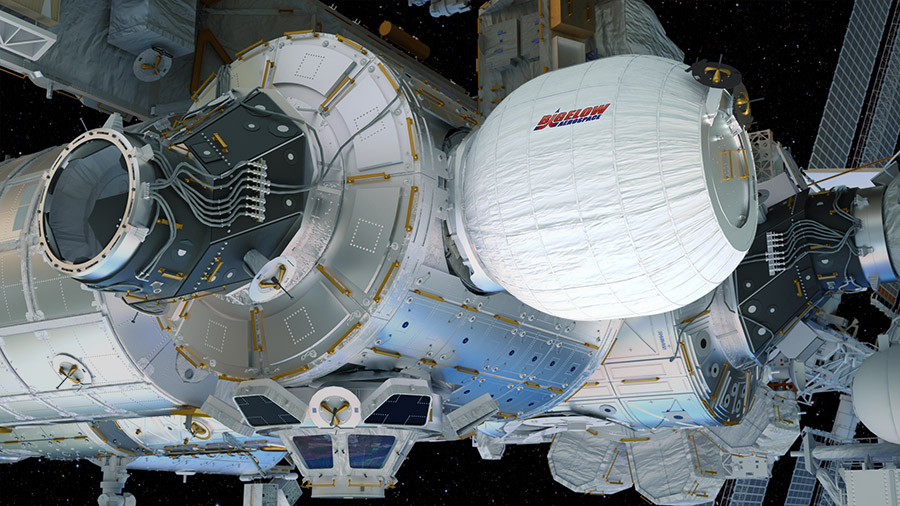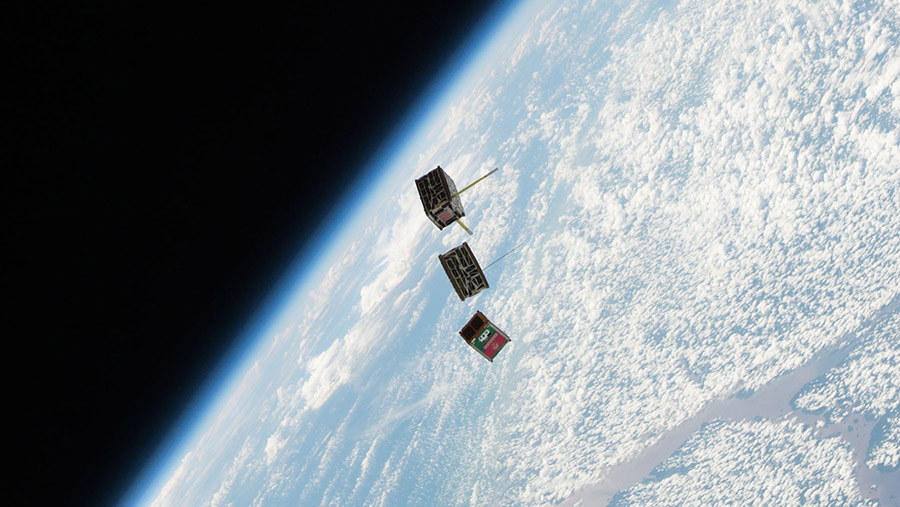
NASA and Bigelow Aerospace is making a second attempt this morning to expand the Bigelow Expandable Activity Module (BEAM), currently attached to the International Space Station. NASA Television coverage is underway and can be seen at https://www.nasa.gov/nasatv
During initial operations Thursday to expand BEAM, the module’s length and diameter did not increase with the increased internal pressure, as expected. Teams stood down from operations for the day and engineers depressurized the habitat Friday afternoon.
NASA astronaut Jeff Williams again is leading operations to expand the module while they are in position to work in the sunlight and with downlink television capability for flight controllers to monitor the expansion.
Expandable habitats are designed to take up less room on a spacecraft, but provide greater volume for living and working in space once expanded. This first test of an expandable module will allow investigators to gauge how well the habitat performs and specifically, how well it protects against solar radiation, space debris and the temperature extremes of space.
For more information about BEAM, visit: www.nasa.gov/beam. For more information about the International Space Station, visit: www.nasa.gov/station. For additional live coverage of expansion, follow @Space_Station on Twitter.







